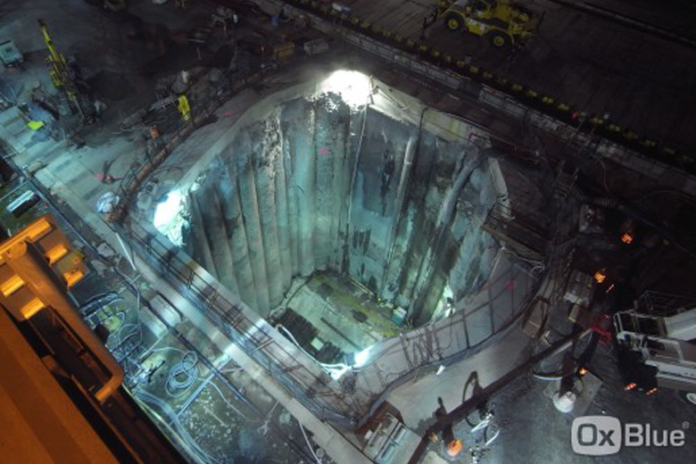If you follow tunneling news at all, or live near Seattle, you likely have heard of the WSDOT’s (Washington State Dept. of Transportation) SR 99 project, whose finish got delayed three years due to complications with the TBM that was used.
Unlike a lot of the content covered previously on Tunnel Insider, we’re going to take a deeper dive and explore where this tunneling project went wrong, and how both the contractor, Seattle Tunnel Partners, and the WSDOT handled the complications.
The massive 4.25 billion dollar tunnelling project was proposed in 2009 by Washington governor Chris Gregoire as a solution to replace the damaged Alaskan Way Viaduct – with a proposed finish date of 2015.
A contract was signed between the WSDOT and contractor Seattle Tunnel Partners, who proposed the use of the once largest Tunnel Boring Machine named Bertha to get the job done.
All seemed to be going smoothly with the project until December of 2013, when Bertha ran into a 119-ft steel well which the Seattle Tunnel Partners were allegedly not informed of by the WSDOT, causing the tunnel boring machine to break down 1,000 feet into the dig and for progress to be halted indefinitely. Ouch! We don’t know why, but, that kind of reminds us of broken bolt heads; good luck getting that bolt out of the threads…(it can be done BTW)
Ultimately, the repairs necessary to fix Bertha set back the project almost three years as they were not finished until 2015 – the same year as the projected completion date.
The repairs not only set back the project, but they also were the subject of a lawsuit filed by the WSDOT against Seattle Tunnel Partners which is still pending.
In spite of the numerous setbacks, the project is set to be complete in January of 2019 – the SR-99 will shut down and the highway in the tunnel constructed by Bertha will finally commence operations. Yey! Finally!
The project serves as a good example of where things can go wrong, and may set a precedent for how projects of this scale ought to be approached in the future.
